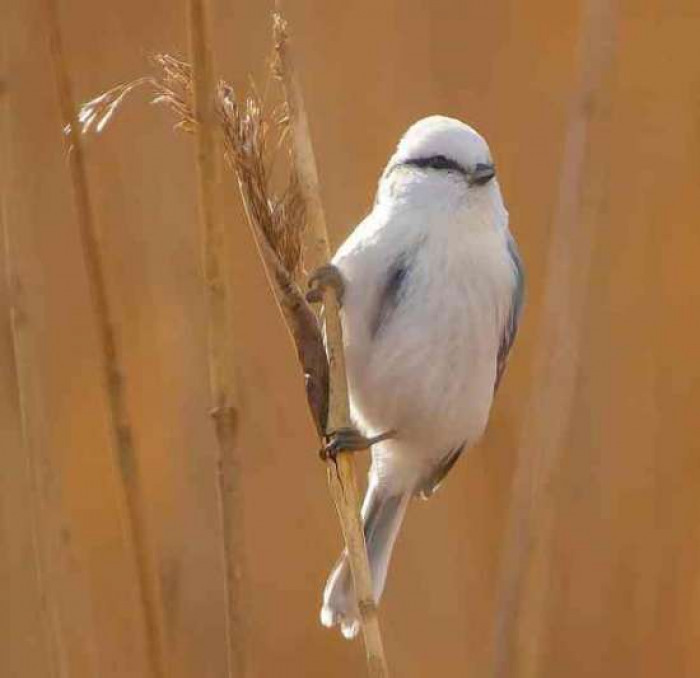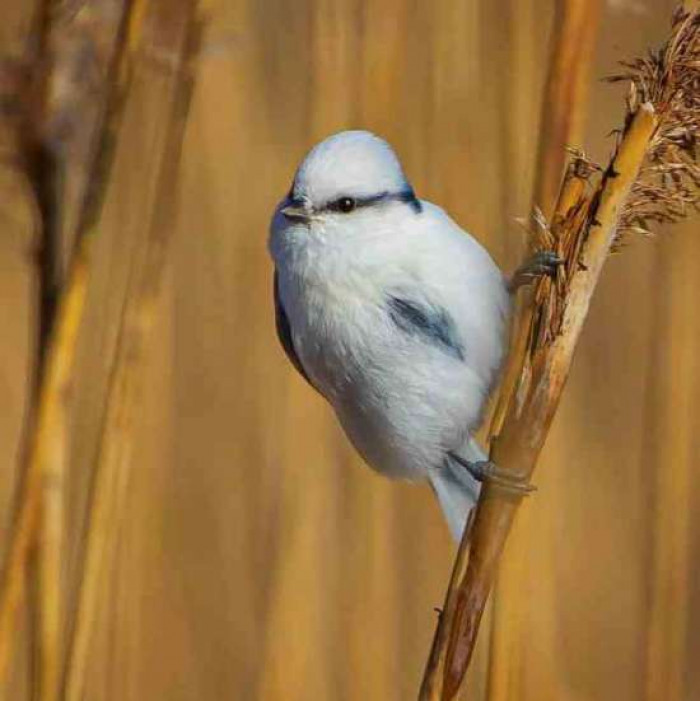This songbird perched naturally on a tree is arguably one of the cutest birds there is. It’s called the azure tit which is a counterpart of the Eurasian blue tit.
If you are an avian enthusiast and don’t recognize the name, it’s probably because you know their former name, Parus Cyanus. They are however very distinct when it comes to their looks so you can identify them easily.
This bird is commonly found in Central Asia as well as Russia but it can also be found living in pairs or migrating in flocks within Manchuria, northwest China, and Mongolia.
The Azure is a short-billed, small bird that calls softly with its chi-chi-chi and tsirrups. The musicality of their sound occasionally can also be compared to another bird called a Palm Warbler.
This cute bird has distinct markings and has a combination of blue, white, and gray stripes. They can be paler than other tits and if they are bred with a blue tit, it’ll result in an avian with a blue crown.
If you’re thinking if they could fit well in your house as a pet though, you might want to reconsider. Even if they are adorable, they are still recommended to let thrive in the wild.
Here is the magestic Azure tit

They are monogamous and like mentioned, they would have a blue crown if they interbred with a Eurasian blue tit as opposed to its regular white crown

The Azure tit, as a songbird, can sing a series of whistles, lively high-pitched songs, and mix it with chirps, rattles, and even trills.

They’re very in favor of cold places and tend to be confined in one place instead of flying all over if not for migration.
But a lot of times, they can also be found in places that are populated with woodlands, shrubby areas, and even high-altitude agricultural areas.

The Azure tit are considered as omnivores. The find nutrients in insects and invertebraes while mostly feeding for the rest of the year on nuts, berries, and seeds.

Baby Azure tits are called chicks. Like most birds, there are distinct rituals for both male and female of the species.

When breeding season comes around, the male Azure tits would court the female ones by providing for its mate and doing the courtship feeding.

The protective female however, would lay eggs in tree holes and walls. She will try to appear aggressive to anyone who would try to get near the eggs.

They are classified by the International Union for Conservation of Nature (IUCN) as Least Concern but it does not mean people should start hunting them to have them as pets. They are still better to be left breeding and living in their natural habitats.

Although there are no seperate names for either male or female Azure tits, they are know with different popular names in different regions.

In the European region, they are known as tits while in North America, you might hear of them as titmice or chickadees.

This emphasizes how small the family of this species is.

If you can get your site on an Azure tit, you might marvel at how cute but marvelous their plumage is. They are relatively peaceful and chill birds unless threatened, then you will hear their hiss rather than their chirpy chirps.
Although they chose to not migrate a lot, the azure tits are still harder to spot than others as it prefers to hide from humans. There’s also the fact that even if they are songbirds, they are usually still quiet.
Have you ever seen one of them? You can describe your experience in the comments.

